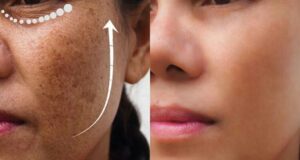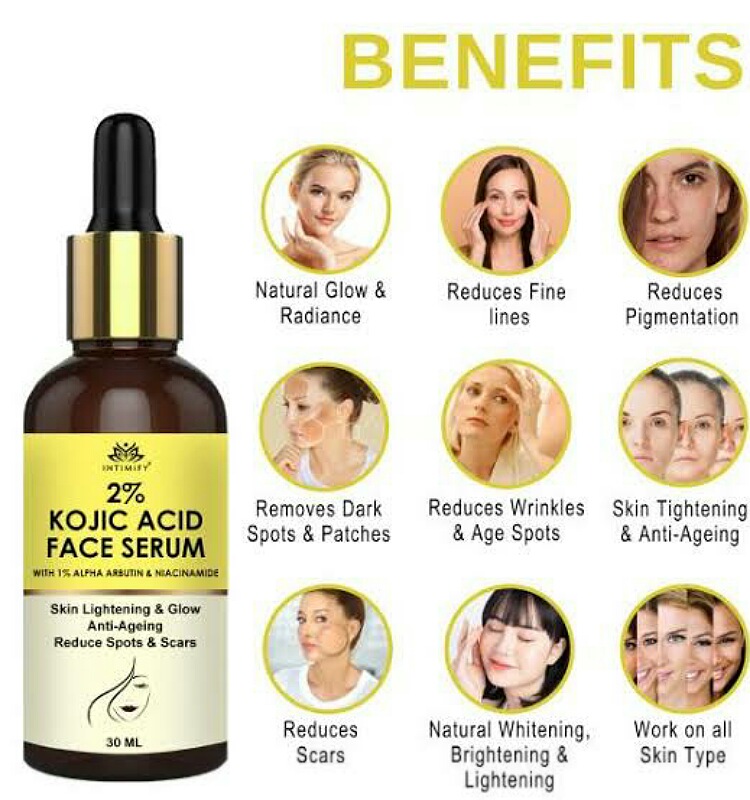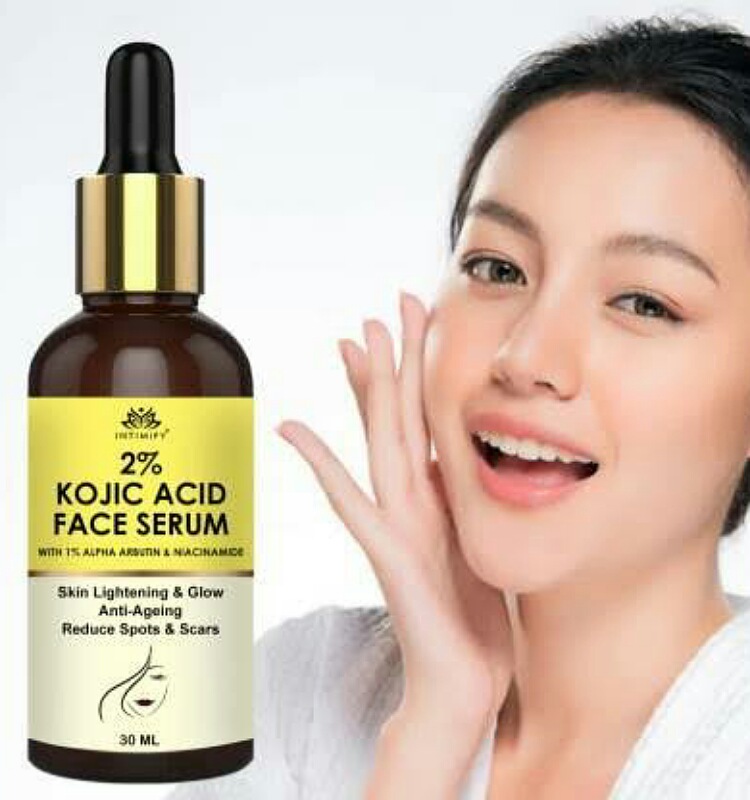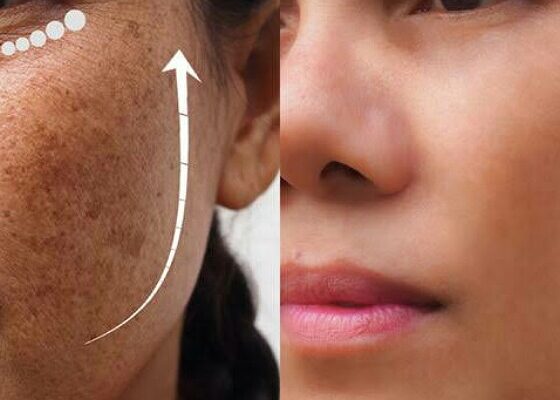Kojic acid is a type of chemical that different types of fungi produce. It has uses in the food and cosmetic industry. What are its uses? Are there any health benefits of it? Is it safe for use? At what concentrations? All this and more below.
Kojic acid
Different types of fungi produce this chemical, kojic acid. It also comes as a by product during fermentation of rice wine and soy sauce. Some food industry companies use it as a food preservative. It has wide applications in the cosmetic industry during manufacturing of soaps, skin cosmetics etc.
This acid has a lightening effect on the skin. Hence, it has uses in skin conditions such as scars, age spots and sun damage of skin. It affects melanin production. This melanin is a naturally occurring pigment that is present in skin, hair and eyes. It requires an amino acid, tyrosine for its synthesis. Kojic acid blocks production of tyrosine and hence it decreases melanin production. The net result is skin lightening.

This acid is part of soaps, creams, lotions and serums used externally on face and body. The usual concentration of this acid in these products is one to four percent. Raw acid can damage the skin and irritate it.
Health benefits
Anti-aging effect is observed with this acid. It decreases the intensity of age spots and skin damaged by sun. It brightens the skin and gives it a glow that is lost with aging. Hence it could be part of anti-aging creams and lotions.
Darkening of skin on body and cheeks occurs during pregnancy. This is melasma and this chemical in topical application can reduce it.
Scars are unsightly and can have hyperpigmentation on them. Use of creams containing this acid on these scars can reduce the hyperpigmentation and improve their appearance. This chemical, however, will not affect the collagen synthesis of these scars.

It possesses some antifungal action. Hence it can treat skin fungal infections such as athlete’s foot or yeast infections. It also finds utility in management of common bacterial infections.
Safety
The US FDA does not regulate cosmetic products. Hence, one should be sure of their safety before using them. Studies in mice has shown that this acid can cause tumor growth. But this happens at high concentrations. Such high concentrations are not used in topical skin applications. Usually, two to four percent is put in the creams and lotions. This is a very weak concentration that is unlikely to cause cancer in humans. Experts state that topically applied products can have a concentration of two percent or less. These would be safe.

Read here: Hailey Baldwin: her skincare line Rhode and strawberry glaze skin smoothie!
Though safe, there are likely side effects of its use in creams and other skin applications. The area of application can develop sunburn easily. Melanin helps protect the skin from the damaging UV rays. And when melanin production reduces, sunburn chances increase. Also, people with sensitive skin and immune function could have contact dermatitis with application of this chemical in reduced percentage on their skin. There could be redness, blister formation, rash, itching or dry and painful skin patches.
